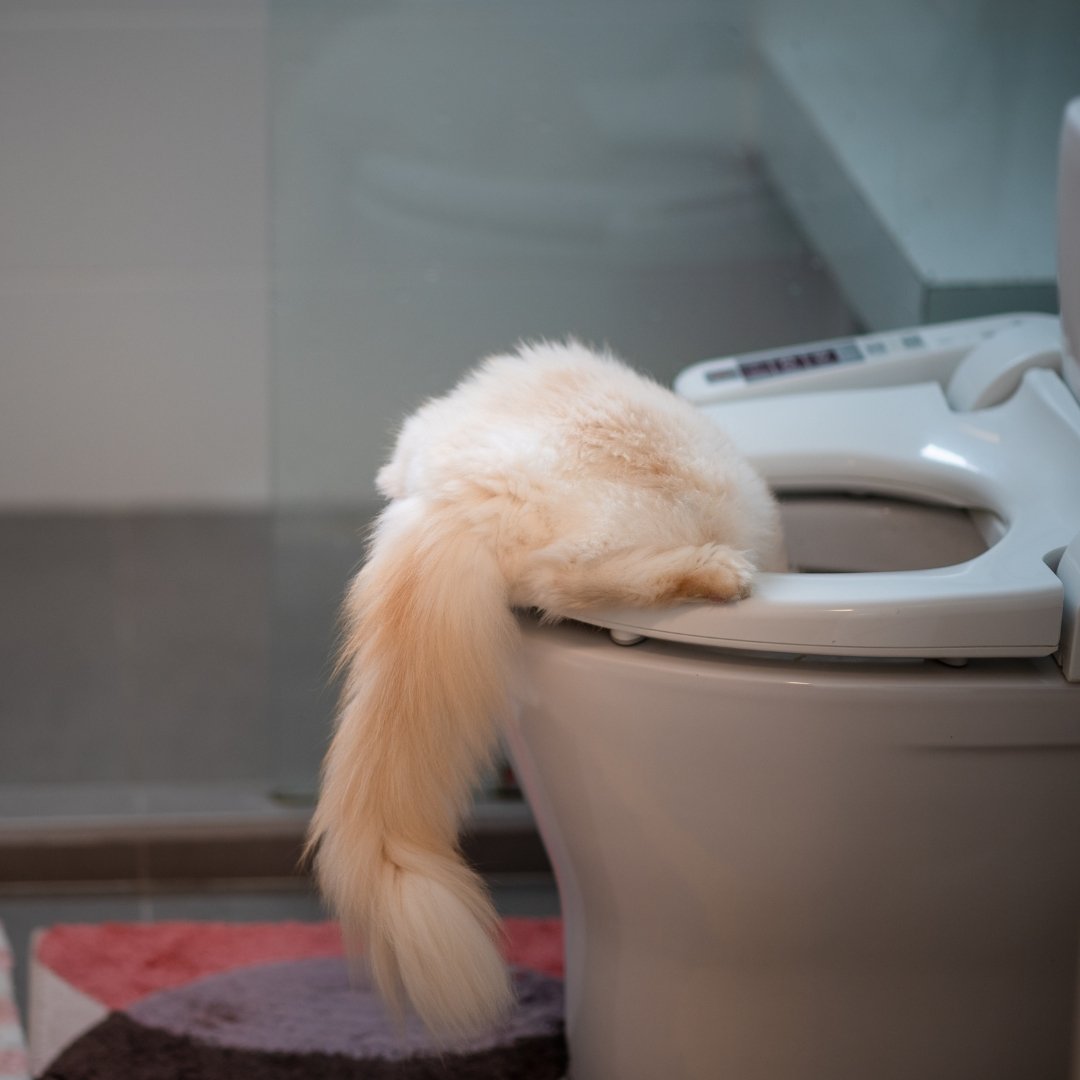Dangers of Disposing Cat Poop in Your Toilet - Preventive Steps
Dangers of Disposing Cat Poop in Your Toilet - Preventive Steps
Blog Article
Just how do you feel in relation to How to Dispose of Cat Poop and Litter Without Plastic Bags?

Intro
As feline proprietors, it's vital to be mindful of just how we throw away our feline friends' waste. While it may appear hassle-free to flush feline poop down the commode, this practice can have damaging effects for both the setting and human wellness.
Alternatives to Flushing
Fortunately, there are more secure and extra accountable methods to dispose of feline poop. Think about the following options:
1. Scoop and Dispose in Trash
The most common technique of throwing away feline poop is to scoop it right into a biodegradable bag and throw it in the garbage. Make sure to utilize a specialized litter scoop and get rid of the waste promptly.
2. Use Biodegradable Litter
Select naturally degradable cat litter made from products such as corn or wheat. These trashes are eco-friendly and can be securely taken care of in the garbage.
3. Bury in the Yard
If you have a backyard, consider burying cat waste in a marked location far from veggie yards and water resources. Make sure to dig deep enough to stop contamination of groundwater.
4. Install a Pet Waste Disposal System
Invest in a pet garbage disposal system particularly designed for cat waste. These systems utilize enzymes to break down the waste, minimizing odor and environmental effect.
Wellness Risks
In addition to ecological worries, flushing pet cat waste can additionally position wellness risks to people. Feline feces may consist of Toxoplasma gondii, a bloodsucker that can create toxoplasmosis-- a potentially serious disease, particularly for expectant women and individuals with damaged body immune systems.
Environmental Impact
Flushing cat poop introduces damaging microorganisms and parasites into the supply of water, posturing a significant danger to marine environments. These contaminants can negatively influence aquatic life and concession water top quality.
Conclusion
Accountable family pet possession prolongs past providing food and sanctuary-- it likewise involves correct waste management. By refraining from purging cat poop down the toilet and going with alternate disposal techniques, we can lessen our environmental impact and shield human wellness.
Why Can’t I Flush Cat Poop?
It Spreads a Parasite
Cats are frequently infected with a parasite called toxoplasma gondii. The parasite causes an infection called toxoplasmosis. It is usually harmless to cats. The parasite only uses cat poop as a host for its eggs. Otherwise, the cat’s immune system usually keeps the infection at low enough levels to maintain its own health. But it does not stop the develop of eggs. These eggs are tiny and surprisingly tough. They may survive for a year before they begin to grow. But that’s the problem.
Our wastewater system is not designed to deal with toxoplasmosis eggs. Instead, most eggs will flush from your toilet into sewers and wastewater management plants. After the sewage is treated for many other harmful things in it, it is typically released into local rivers, lakes, or oceans. Here, the toxoplasmosis eggs can find new hosts, including starfish, crabs, otters, and many other wildlife. For many, this is a significant risk to their health. Toxoplasmosis can also end up infecting water sources that are important for agriculture, which means our deer, pigs, and sheep can get infected too.
Is There Risk to Humans?
There can be a risk to human life from flushing cat poop down the toilet. If you do so, the parasites from your cat’s poop can end up in shellfish, game animals, or livestock. If this meat is then served raw or undercooked, the people who eat it can get sick.
In fact, according to the CDC, 40 million people in the United States are infected with toxoplasma gondii. They get it from exposure to infected seafood, or from some kind of cat poop contamination, like drinking from a stream that is contaminated or touching anything that has come into contact with cat poop. That includes just cleaning a cat litter box.
Most people who get infected with these parasites will not develop any symptoms. However, for pregnant women or for those with compromised immune systems, the parasite can cause severe health problems.
How to Handle Cat Poop
The best way to handle cat poop is actually to clean the box more often. The eggs that the parasite sheds will not become active until one to five days after the cat poops. That means that if you clean daily, you’re much less likely to come into direct contact with infectious eggs.
That said, always dispose of cat poop in the garbage and not down the toilet. Wash your hands before and after you clean the litter box, and bring the bag of poop right outside to your garbage bins.
https://trenchlesssolutionsusa.com/why-cant-i-flush-cat-poop/

As a fervent reader on Don’t flush cat feces down the toilet, I imagined sharing that article post was mandatory. Sharing is nice. You won't know, you will be doing someone a favor. Bless you for your time. Visit us again soon.
Book A Service Call Report this page